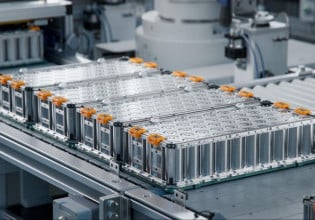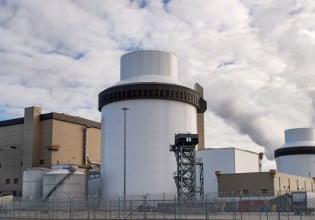Underwriters Laboratories (UL) announced that the U.S. Department of Energy SunShot Initiative has awarded $1.35 million funding to UL to further develop new scientific methods for predicting PV module material performance and reliability over time. In partnership with several leading research companies and institutions, this project seeks to provide data on polymeric backsheets (part of the PV module) that correlates long-term field reliability with accelerated laboratory testing.
There have been many reports of PV modules with visibly degraded backsheet in early years of installation. This is due to the market pressures on keeping costs down while maintaining aggressive product development that are driving use of materials and combinations of materials with unproven durability characteristics, as well as reliance on current testing that does not factor in long-term durability in actual installed environmental conditions.
This SunShot Initiative Award will fund laboratory accelerated testing correlated to actual backsheet degradation in fielded PV modules. The results will benefit module manufacturers to optimize design strategies. Additionally, the results of this project will enable deeper understanding of the reliability of backsheets and will reduce the uncertainty of PV module reliability predictions, making it of great value to owners, operators and insurers of PV power plants.
"UL is pleased to gather a group of distinguished scientists to examine the performance expectations of PV materials that affects everyone from module manufacturers, and developers, to investors and insurers," states Lisa Salley, vice president and general manager for Energy & Power Technologies at UL.
The backsheet is a thin multilayer plastic sheet that covers the back of a module, protecting people from the high voltage and the other parts inside the panel from damaging ultraviolet light and the elements. Polymeric backsheets play a critical role in maintaining a PV module's performance over an extended outdoor lifetime, and they help ensure electrical insulation safety.
The model developed from this study of aged field installed modules and laboratory tested PV modules will enable the industry to identify the key characteristics of backsheets that will significantly impact the future reliability and durability of modules installed in various climates. Manufacturers will benefit as they determine which materials to incorporate into their PV module designs and the industry will benefit from the significant reduction in uncertainty inherent in today's straight line degradation models.
Ken Boyce, principal engineer manager, Energy & Power Technologies at UL, states, "This project will examine the correlation between data in the laboratory and data that's collected from modules in the field. This will provide some missing links so that realistic models can be built to better predict lifetime performance."
UL will pursue this work with partners: 3M Company, Arkema Inc., Case Western Reserve University, the National Renewable Energy Laboratory (NREL), the National Institute of Standards and Technology (NIST), and Northeastern University.






